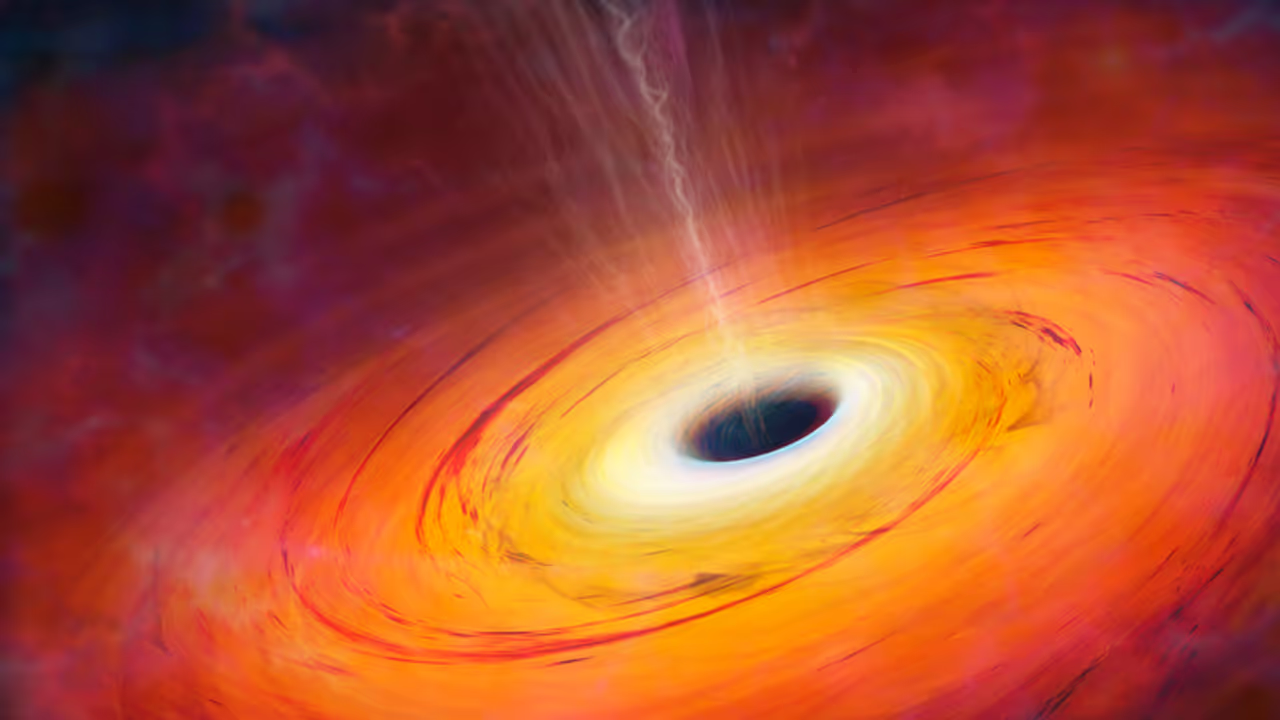A new study using NASA's James Webb Telescope finds 60% of ancient galaxies spin the same way. This surprising pattern may mean the universe has hidden order and could even exist inside a giant black hole.
Scientists have made a surprising discovery using NASA’s James Webb Space Telescope that could change how we understand the universe. According to new research, the universe might even be inside a massive black hole.

Galaxies spinning the same way: Kansas study
Researchers at the Kansas State University have studied 263 ancient galaxies, some dating back to 300 million years after the Big Bang. What they found was unexpected. They found that about 60% of these galaxies were spinning in the same direction i.e. clockwise.
Until now, scientists believed that galaxy spin directions were random. The fact that so many of them are rotating the same way suggests a surprising level of order in the universe's early structure. It may also point to a common cause or force that shaped them.
Are we living inside a black hole?
The unusual spin pattern of the galaxies has led some scientists to wonder if the universe is inside a giant black hole? Though it's a bold theory, but if true, it could force scientists to rewrite major parts of physics and rethink how space, time, and gravity work together.
This idea would also change how we view the origin and the fate of the universe. Certainly, new questions would be raised about what lies beyond the boundaries of our known cosmos.
Tools like James Webb Space Telescope helping us see further and better
The discovery is another example of why space research is so important. With powerful tools like the James Webb Space Telescope, scientists can study deep space more clearly than ever before. Each new image brings us closer to uncovering secrets of the early universe.
A possible glitch? Scientists stay cautious
However, researchers have also admitted a possible flaw. A natural phenomenon called the Doppler effect could affect how we see the direction of galaxy spins. That means some of the spin pattern might be a result of observation error rather than a true cosmic trend.
Adjustments to Webb's settings may help confirm whether this pattern is real or just a trick of the telescope. Until then, scientists are staying curious, but cautious.
The study opens the door to more questions than answers. But one thing is clear that the universe may be far more structured, and stranger, than we ever imagined.


